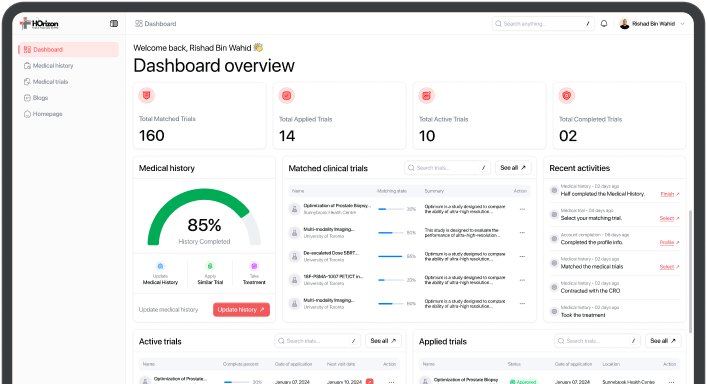Chest Lymph Node Sampling in Patients With Advanced Lung Cancer to be Treated With Curative-intent Radiation Treatment
Contact information
Inderdeep Dhaliwal, MD
London Health Sciences Centre - London Regional Cancer Program
London, Ontario, Canada, N6A 5W9
Basic information
N/A
18-30, 31-40, 41-50, 51-60, 61-70, Over 70 Age
29 Enrollment
Trial Details
Brief Summary
This study will investigate the role of sampling suspicious chest lymph nodes with a procedure called endobronchial ultrasound-guided transbronchial fine needle aspiration (EBUS-TFNA) or transesophageal ultrasound-guided fine needle aspiration (EUS-FNA) in patients planned to receive radical dose radiation. This study will use Stereotactic Ablative Radiotherapy (SABR) for treatment methods. SABR is a newer radiation treatment that delivers high-dose, precise radiation to small tumors and can be delivered more accurately than with older radiation treatment methods. It is considered a standard treatment for small lung cancers, and select cancers that have spread to the brain. The purpose of this study is to compare if the lymph node sampling procedure is valuable for determining the extend of nodal disease in metastatic Non-Small Cell Lung Cancer (NSCLC) compared to imaging alone.
Official Title
Endoscopic Nodal Staging in Oligometastatic Non-small Cell Lung Cancer (NSCLC) Being Treated With Stereotactic Ablative Radiotherapy (ENDO-SABR)
Selection Criteria
Eligibility Inclusion Criteria
-
- Patients with oligometastatic non-small cell lung cancer (NSCLC), including a primary lung tumour (± hilar/mediastinal adenopathy) with up to 5 synchronous metastases
- Radical treatment intent to all sites is recommended at multi-disciplinary tumour board or by discussion by medical oncologist and radiation oncologist and/or surgeon.
- Age 18 years or older
- Good performance status (Eastern Cooperative Oncology Group [ECOG 0-1) with life-expectancy of at least 6 months as determined by enrolling physician
- Patient has undergone staging investigations less than 3 months prior to registration.
- Positron Emission Tomography (PET) / Computed Tomography (CT) and Magnetic Resonance Imaging (MRI) brain (CT brain with contrast if contraindication to MRI) OR
CT chest/abdomen, radionucleotide bone scan and MRI of brain (CT brain with contrast if contraindication to MRI)
- Pathologic confirmation of NSCLC
Eligibility Exclusion Criteria
-
- Contraindication to Endobronchial Ultrasound (EBUS) / ---- Endoscopic Ultrasound (EUS)
- Unable to provide consent for EBUS/EUS
- Contraindication to chest radiotherapy
- Pregnant or lactating women
